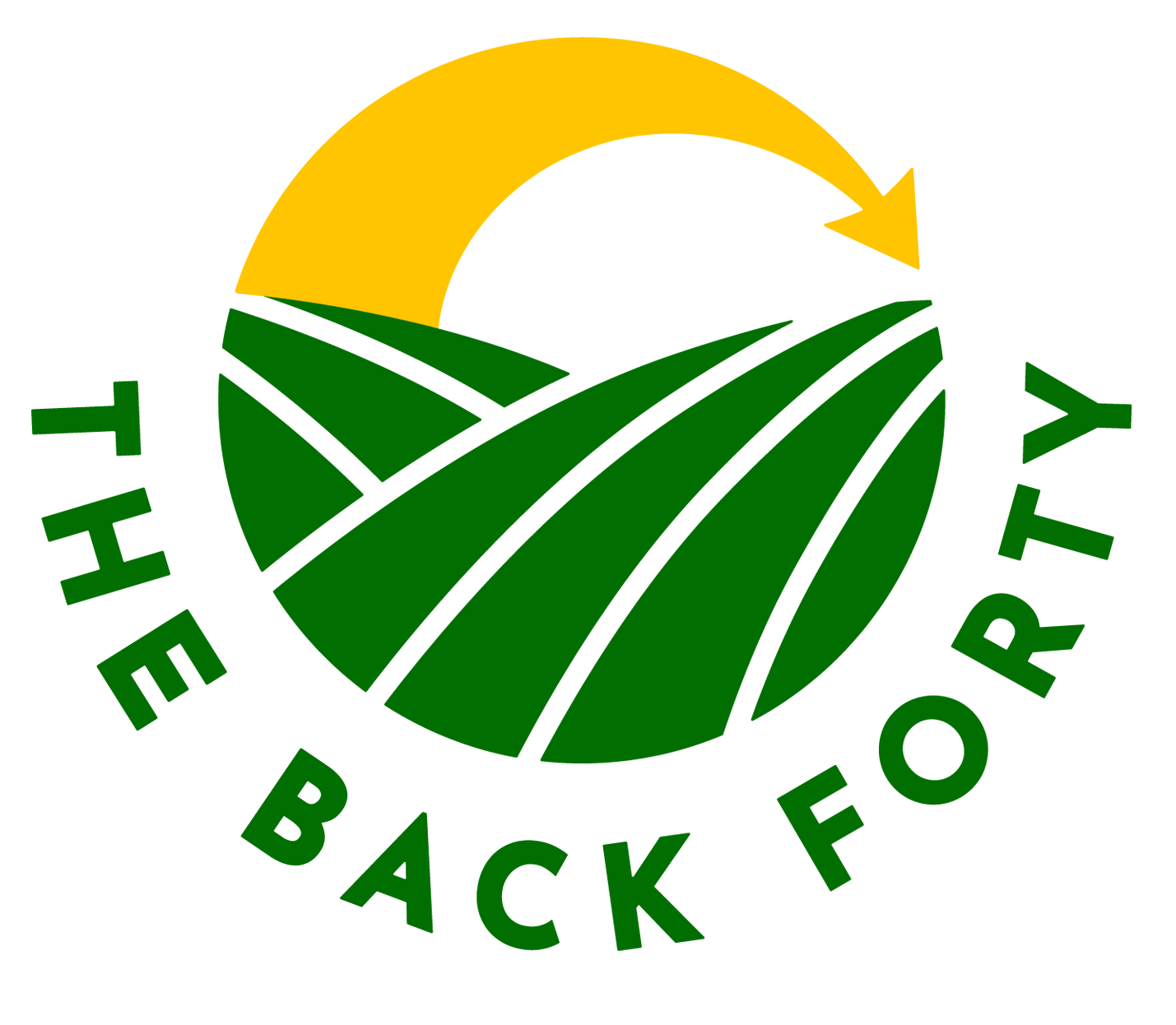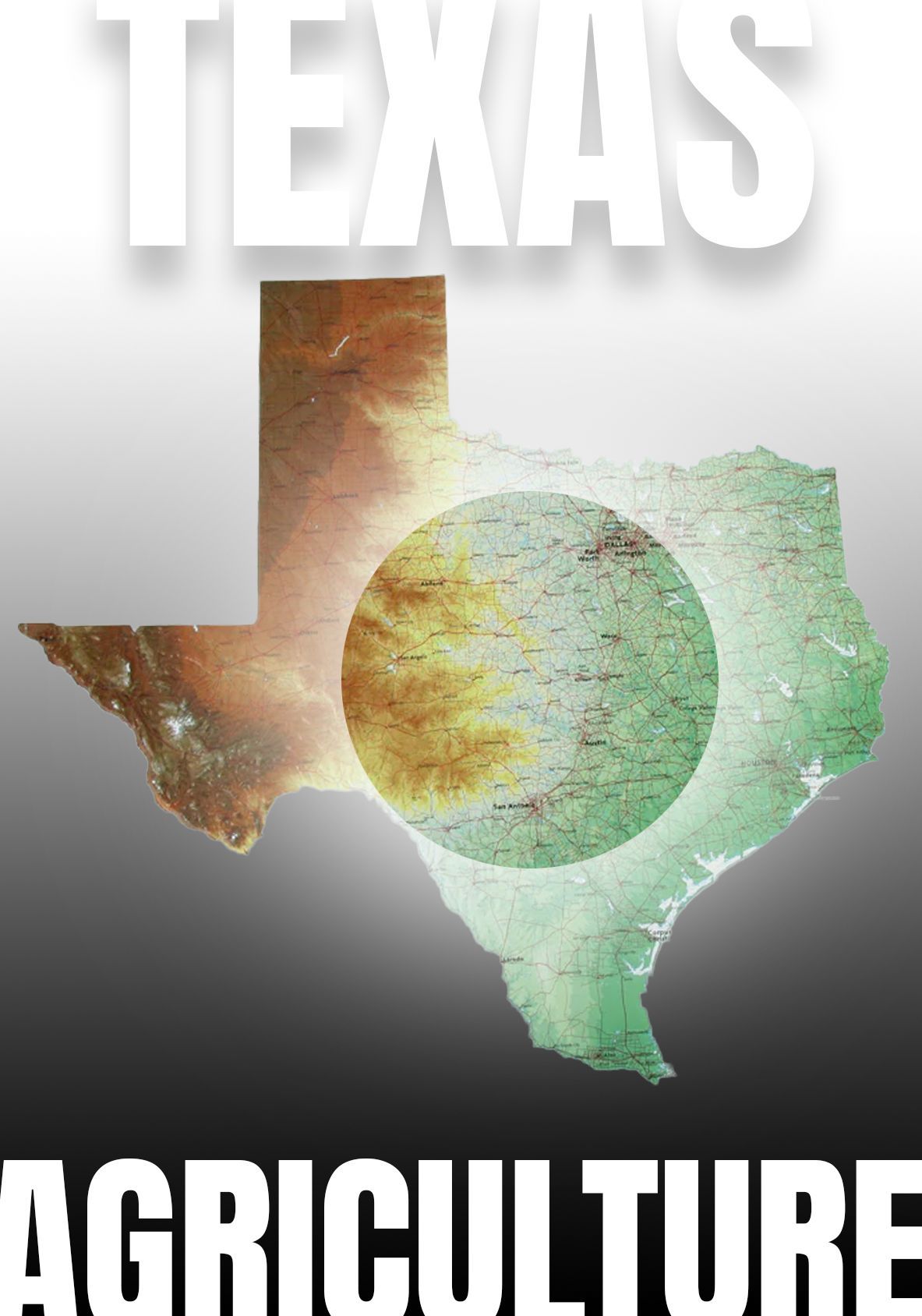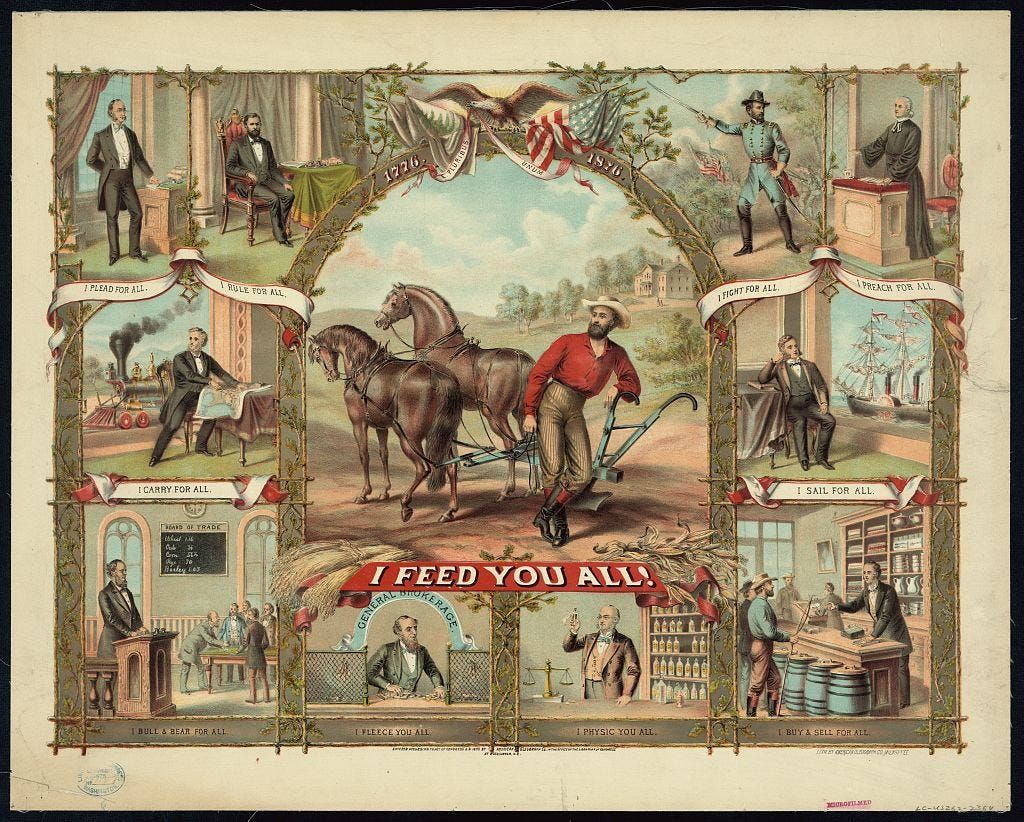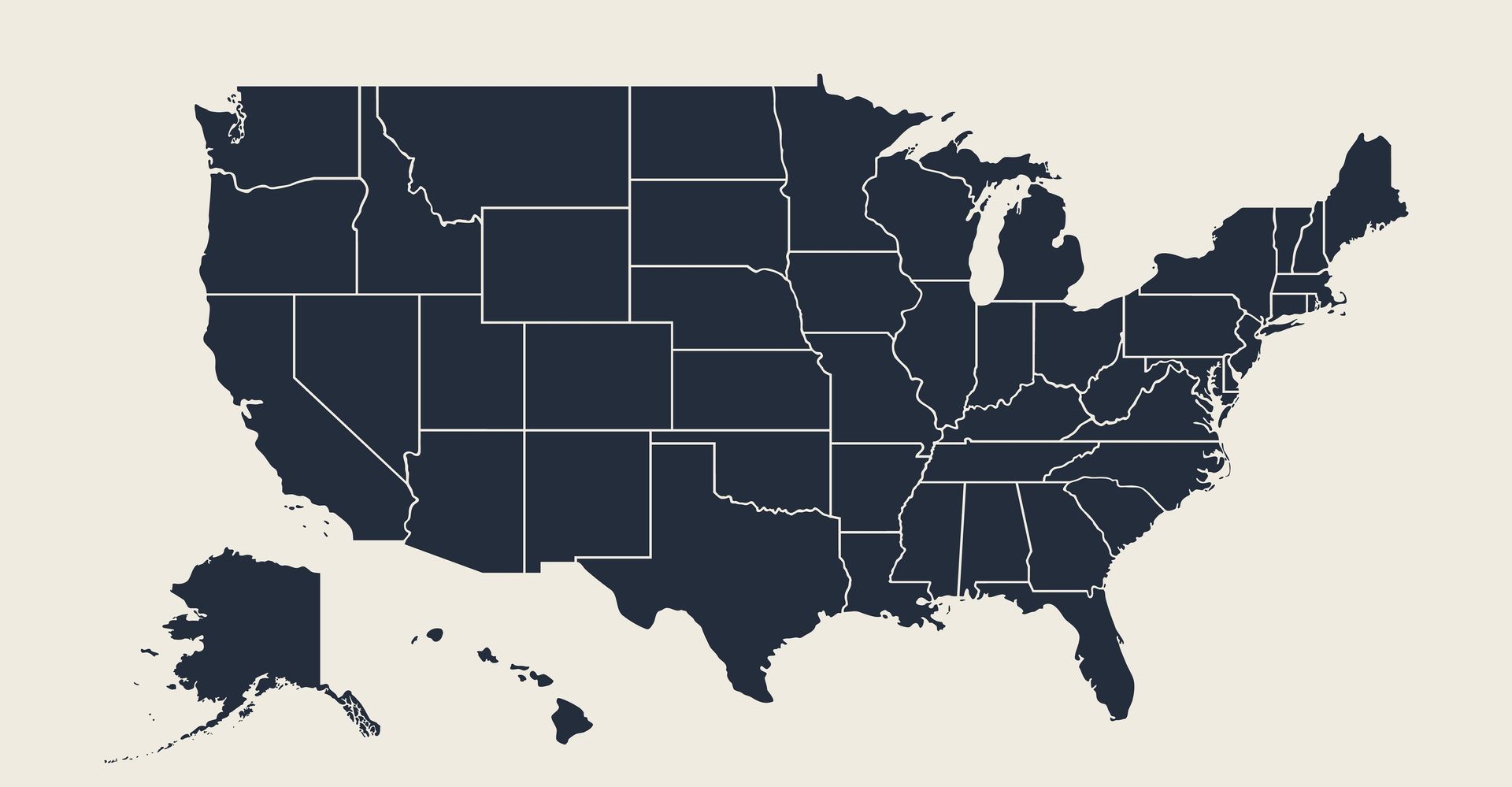AMERICAN AGRICULTURE SPOTLIGHT: MARYLAND
AMERICAN AGRICULTURE SPOTLIGHT: MARYLAND
Maryland Agriculture: Feeding the Nation with Diversity and Innovation
Maryland, often celebrated for its blue crabs and scenic waterfronts, is also a vital contributor to America’s agricultural landscape. Though small in land area compared to many other states, Maryland’s farms are remarkably diverse, productive, and innovative, playing a crucial role in the region’s economy and food supply.
Diverse and Abundant Crops
Maryland’s agricultural output is impressively varied, thanks in part to the state’s moderate climate and fertile soil. Farmers here cultivate a wide range of crops, including corn, soybeans, wheat, barley, potatoes, fresh vegetables, fruits, and hay. Specialty crops like tomatoes, apples, melons, and berries are common, and the state’s greenhouses and nurseries grow ornamental plants and flowers that supply local markets and beyond.
Livestock and poultry remain significant as well, with Maryland ranking high nationally in the production of broiler chickens. Dairy farming, egg production, hogs, and beef cattle also contribute to the state’s agricultural profile.
Number of Farms in Maryland
Maryland’s agricultural sector is supported by around 12,400 farms, according to the USDA’s most recent estimates. These farms cover more than two million acres—over one-third of Maryland’s total land area.
New and Emerging Agricultural Products
Innovation is a hallmark of Maryland’s agriculture. In recent years, the state has seen growth in new and emerging products such as wine grapes—spurring a booming local wine industry—hemp, and specialty mushrooms. Urban and vertical farming techniques are also gaining traction around cities like Baltimore, introducing microgreens, herbs, and even aquaponic seafood to local markets. Additionally, oyster aquaculture in the Chesapeake Bay continues to expand, delivering a sustainable source of seafood.
Financial Impact: Big Business for a Small State.
Agriculture has a profound economic impact in Maryland. According to the Maryland Department of Agriculture, the industry contributes more than $8 billion annually to the state’s economy when including both direct and induced impacts. Farm cash receipts from commodities alone typically exceed $2 billion per year, with poultry, grains, and vegetables being major drivers of that revenue.
Employment numbers stay strong as well, with nearly 350,000 jobs in the state directly or indirectly tied to the food and fiber sector.
Top Export: Soybeans Lead the Way
When it comes to export power, soybeans are Maryland’s number one crop shipped overseas. Typically, the state exports hundreds of millions of dollars’ worth of soybeans annually, with key markets including countries in Asia and Europe. Grains in general, including corn and wheat, also represent a significant share of farm exports.
Conclusion
From its longstanding staple crops and livestock to its thriving new industries and sustainable agricultural practices, Maryland is a small state making a big agricultural impression. Its farmers are not only keeping local tables full, but they’re also reaching far beyond state lines—feeding the nation and the world with high-quality, diverse products.
Maryland’s agricultural story continues to evolve, and with each season, its contributions only grow larger.
Population: Approximately 6.2 Million
Number of farms: Approximately 12,400
Number of people employed by farming: Approximately 25,000
Top agricultural product in terms of dollars earned: Broilers (chicken)
Number one exported agricultural product: Soybeans
Gross Domestic Product (GDP): Approximately $470 Billion
Five fun and unusual facts about Maryland
1. The Maryland state sport is jousting—a tradition dating back to Colonial times.
2. The first ever dental school in the world was established in Baltimore in 1840.
3. Maryland is home to Assateague Island, where wild ponies have roamed freely for centuries.
4. The U.S. national anthem, “The Star-Spangled Banner,” was written by Francis Scott Key during the Battle of Baltimore in 1814.
5. The longest continuous escalator in the United States is found in the Wheaton Metro station, stretching 230 feet.










